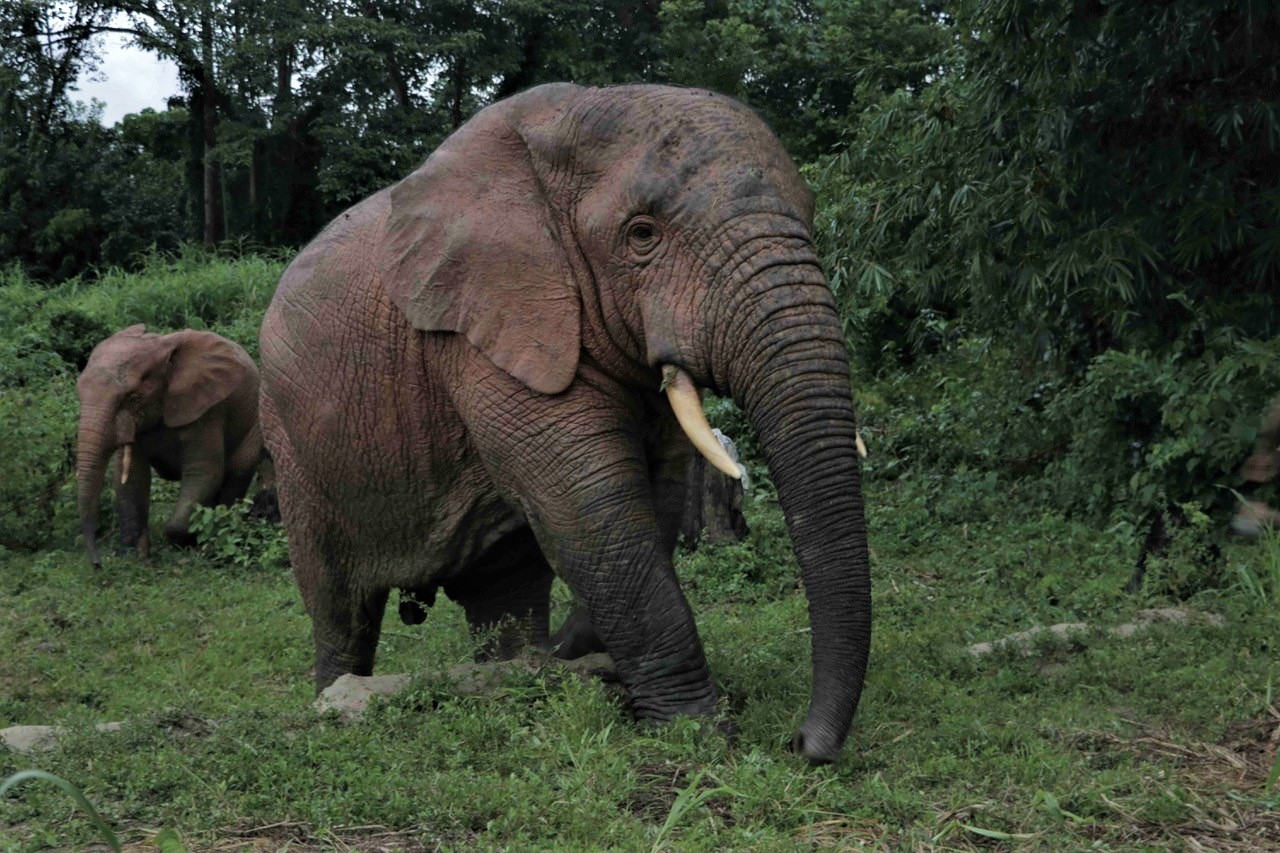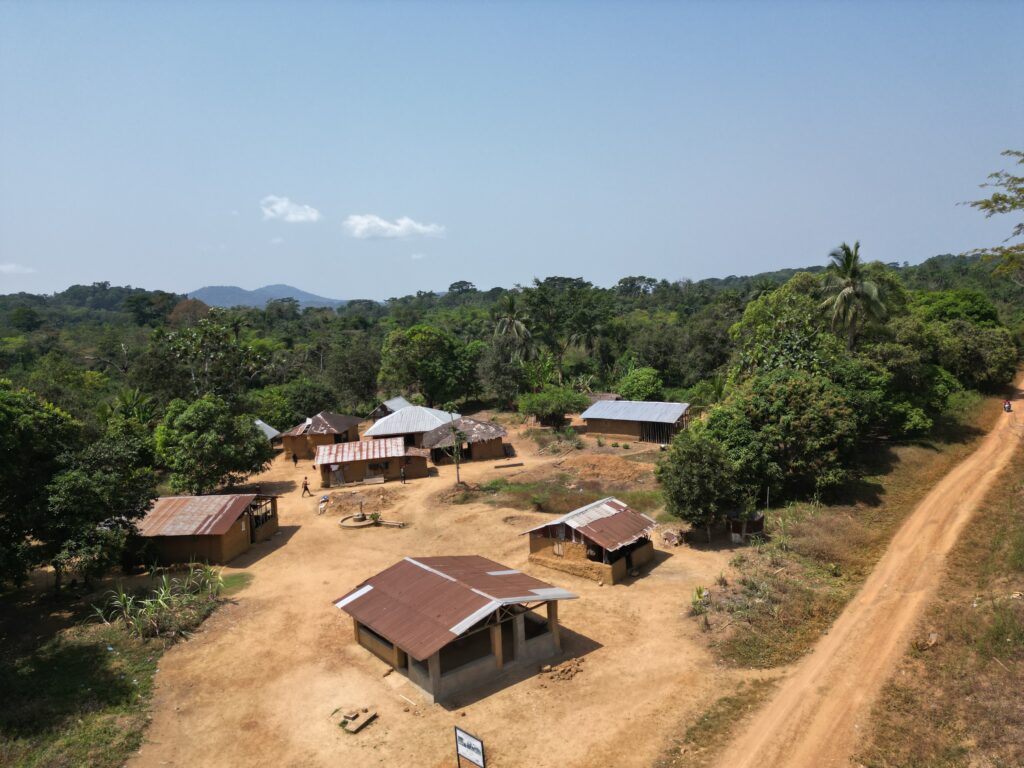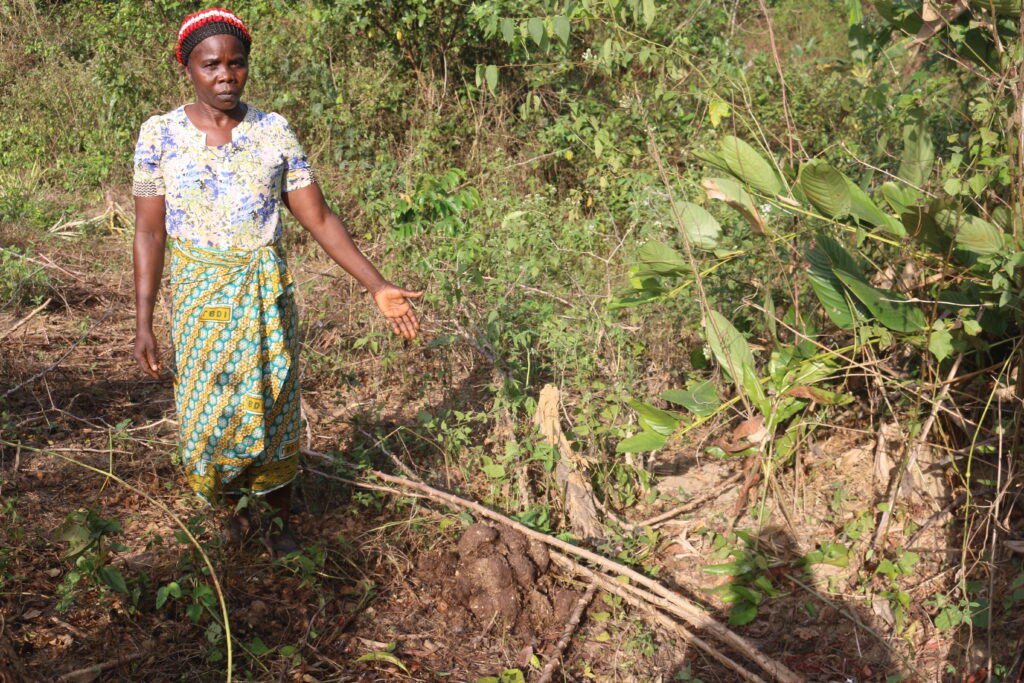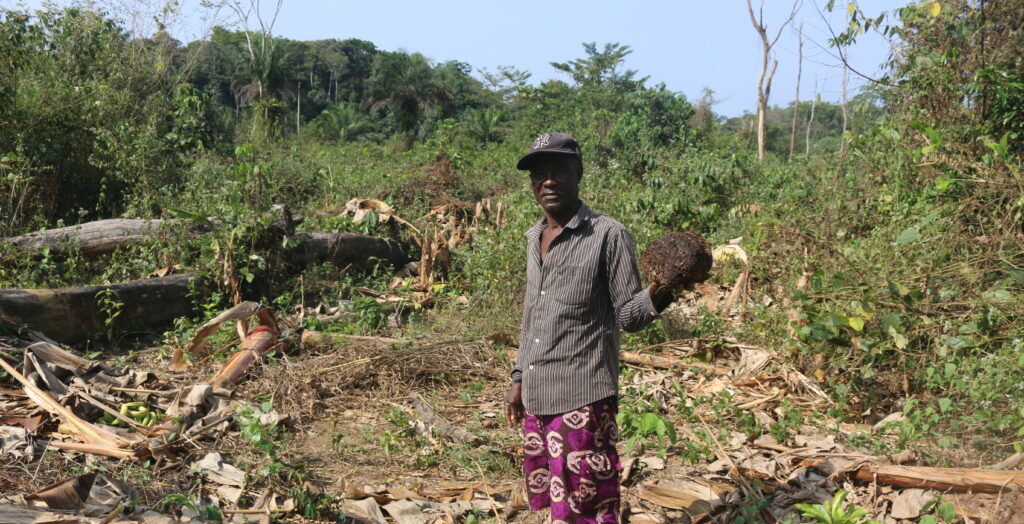You may remember my post on our support for and progress of the EPI Foundation‘s pilot the African Journalism Project. If not, briefly: Using African journalists, the pilot project’s designed to show proof of concept for the value of providing a platform – in print, as video, and online – for people who live around protected areas to voice their concerns, articulate the challenges they face, and contribute to finding long-lasting solutions to human-wildlife conflict. We’ve helped fund three fact-finding trips in Angola, Nigeria, and Liberia.

I shared the details of the results of the first of these trips, published in Liberia’s The Daylight. The first in a series entitled Inside Liberia’s Human-Elephant Conflict, it provides excellent insight into what is clearly a complex problem. The second story, which I am unforgiveably late in sharing, is just as good. Written by James Harding Giahyue, it opens with a detailed account of the devestation wreaked by elephant on farms, villages, and even towns in Grand Cape Mount County, and paints through a series of corroborating interviews a dire picture, where villagers feel unsupported by the Forest Development Authority, and where they argue that elephant-repellant methods don’t work. At the same time, it gives voice to NGO Elephant Research and Conservation and others, who argue that the forests are being eroded by human activity and that repellants have been proved to work. Delighted to note that this story made it onto the cover of The Observer, Liberia’s main daily. I look forward to the third in the series.

At the same time, the second fact-finding trip has resulted in a similar human-elephant conflict story, out this time on Angola’s national radio. I’m afraid that unless your Portuguese is 100% better than mine, the substance of the report is going to evade you – though the sound effects are certainly enough to give you an idea of what’s going on. Here’s the EPI Foundation‘s Director of Communications Barnaby Phillips’s summary of the report:
‘In essence, it’s a story of destruction in the hills of Cuanza Norte, to the south-east of Luanda, where we funded the journey of a reporter, João Baptista Lumbo. He interviews farmers in 5 municipalities who complain about the ‘constant presence’ of elephants in their cassava, banana and mango plantations, forcing them to abandon some areas. The elephants also destroy water sources, and in one gruesome incident a truck packed with 40 people collided with an elephant on the local highway. Conservationists recommend the villagers light more fires with tyres and chill plants, while local chiefs argue the elephants need a larger reserve. In summary, another detailed story of conflict from a little known elephant habitat, way off the international tourism/wildlife circuit.’

Finally, you may remember that presidential elections had delayed Nigerian journalist Laila Johnson-Salami plans to report for Arise TV on small elephant populations in two forests close to Lagos. Everything’s back on the road, with a team having already visited Omo Forest. I’ll be certain to let you know when that is aired. In the meantime, do have a read of that second piece – it’s most illuminating.
Cover image: Varney Gropee, an elder of Manna Clan in Grand Cape Mount’s Gola Konneh District, The DayLight/James Harding Giahyue. Other images: Elephant, The DayLight/Harry Browne, Drone shot of Gbanjala in Gola Konneh District and Oretha Garhanah points to elephant dung on her farm, The DayLight/James Harding Giahyue.All images copyright The Daylight. If you would like to learn more about the project, please do get in touch.
